In one of the remarkable coincidences of history, two of the world’s iconic heritage hotels, born in modest circumstances of British colonial encounters in the East, turn 125 this year. Overflowing with charm and character, the Taj West End, Bangalore, and The Raffles Hotel, Singapore, are modern legends with highly individual and fascinating histories. The year 1887, when the Taj West End began life as Bronson’s West End, a Victorian boarding house of ten-rooms for visiting English gentlemen and officers who flocked to Bangalore, beaten by the heat of the plains, in Singapore, the Armenian hoteliers, the Sarkies Brothers, took over a ten room bungalow which they launched as the Raffles Hotel. The rest, as they say, is history.
Bronson’s West End soon outgrew the original ten -room lodge and expanded to include individual cottages, as well as a building that belonged to the Secretary of the Race Club. By 1912, the thriving West End had changed hands, bought by Spencers, the wine and provision merchants, who added on a building that was originally an holiday home for the officers of the Grenadier Guards. The military nature of the growing Bangalore Cantonment was reflected in the architecture of the period, still preserved at the West End Hotel, in the battlements and crenellations that enclose balconies and rooftops. The architecture threw up several unique, Victorian Gothic elements, still preserved in the Tulip Block, with its wooden gables, Italian tiles and characteristic ‘monkey–drops’- pretty wooden decorative brackets, used as a device to cover the abrupt end of a tiled roof.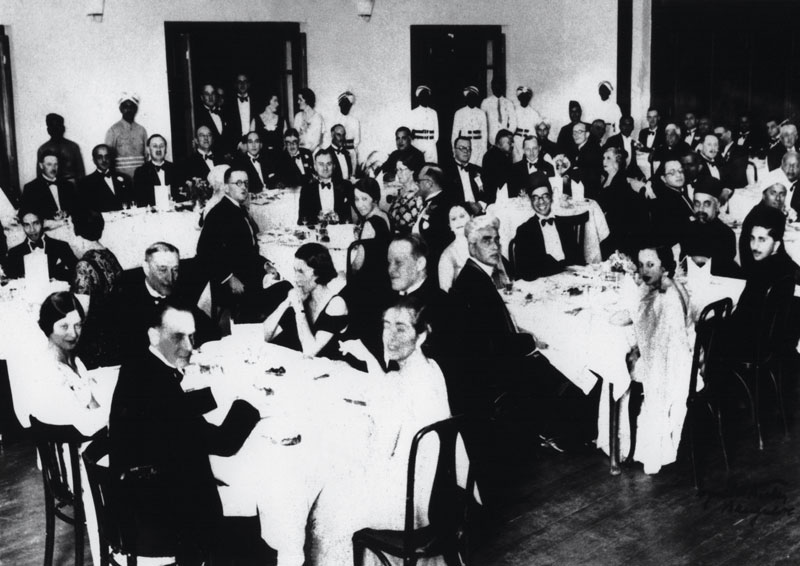
Swatches of the Taj West End’s history that bring the past vividly alive, are carefully preserved in the memories of 86 year old Iris Clarke, who joined the Spencer’s West End in 1957 as assistant linen–keeper. Mrs. Clarke reminisces at will, pausing to puzzle over the eccentricities of the Raj that spilled over into the still very Colonial workings of the Spencer’s West End. The waiters were gloved and turbaned, wore cummerbunds and brass tags that bore numbers – but they were not permitted to wear shoes, so they served in the hotel in their bare feet. Room boys, Bar boys and Waiters were distinguished by their cummerbunds, green, yellow and blue, respectively. Room rents for the seventy two rooms were modest – Rs. 17.50 for a single and Rs. 22.50 for a double, that included “…chota hazri, breakfast, lunch and tea, while dinner was a la carte.” Mr. P.S. Louis, the Manager, was a Jewish refugee who ran the hotel with unlettered but brilliant Goan cooks, who turned out excellent English roasts, pies, Irish Stews, souffles and cakes with a flourish, relying entirely on the Indian tradition of approximate measures, ‘andaza‘. The hotel had its own laundry, where clothes were washed in huge copper boilers, a man sleeping beside them and tending to the clothes overnight, as well as a bakery and dairy. And with all the lush greenery around, Mrs. Clarke recalls the staff gathering to watch a snake charmer, summoned by Mr.Louis, to rid the place of reptiles!
The rooms were plain and functional, every bed draped in mosquito netting. But with no rivals in Bangalore, apart from ‘Mr. Lavender’s Guest House’, located opposite the Raj Bhavan, the West End attracted glamorous and distinguished guests and, legends were spawned as generations of colourful personalities, colonials and royalty streamed through it’s doors. The Jagirdar of Arni, who stayed for 36 years, often met with a strikingly beautiful companion at the hotel bar, while the Raja of Chettinad, who always stayed in his favourite Suite 50, arrived with an entourage of servants who cooked his food, and pressed his feet in a relay through the night, while he slept, with a waistcoat belonging to his grandfather tucked under his pillow. There were the colonial ‘burra sahibs’ too, like a Mrs. McCormick, who would deliberately set small snares for the cleaning staff, to catch them out at ‘not having done their jobs’! The considerable staff lived on the premises and the current main entrance of the hotel was originally the service entrance, while guests came in from the direction of the present-day Chalukya Hotel.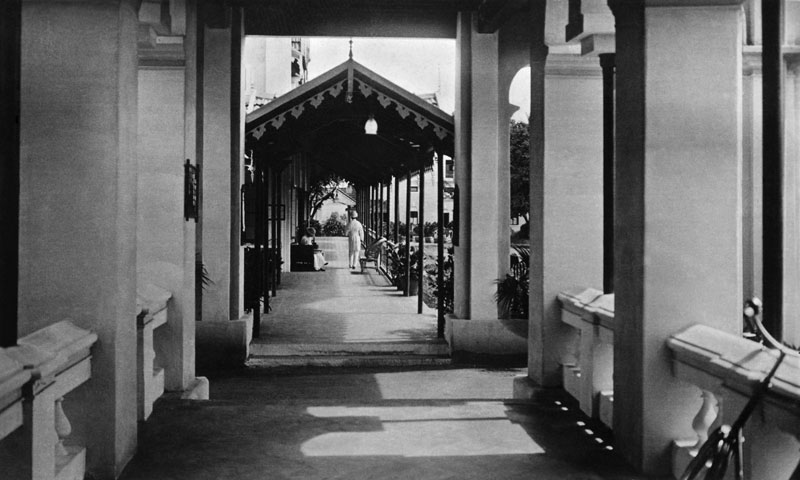 There were other, more celebrated guests over the years. Devika Rani, the legendary Indian film star and her Russian husband, the artist Svetoslav Nikolaevich Roerich were guests. The Queen of England, who stayed at the Raj Bhavan in 1961, had her food cooked by her personal chefs at the West End and sent across, while her entire entourage put up at the hotel.
There were other, more celebrated guests over the years. Devika Rani, the legendary Indian film star and her Russian husband, the artist Svetoslav Nikolaevich Roerich were guests. The Queen of England, who stayed at the Raj Bhavan in 1961, had her food cooked by her personal chefs at the West End and sent across, while her entire entourage put up at the hotel.
The West End was a beneficiary of the influx of Empire in more ways than one. It is difficult to imagine that the current greenery we take for granted is relatively new in the history of the city. The sweep of green that includes a great number of exotic trees and shrubs imported by avid colonial botanists was non-existent before the 19th century. Bangalore benefitted greatly from the plant collecting expeditions of the Royal Horticultural Society that brought back exotic specimens from all across the expanding Empire, to be grown at Kew Gardens, in England. Bangalore, with its mild climate, proved to be the ideal experimental garden for the new plants, trees, shrubs and vegetables that the British hoped to cultivate in India and, many exotics found their way from Kew Gardens to Lal Bagh, from where they spread into the town and across the countryside. The 20 acre property of the Taj West End, fortuitously placed along the original ‘green crescent’ of Bangalore, that included the Indian Institute of Science, Palace Orchards and the Palace Grounds, the Golf Course, the Bangalore Club, the Raj Bhavan , Cubbon Park and Lal Bagh, turned, over time, into an extraordinary repository of planting history and heritage trees. There are some 118 species of plants and trees, many of them inherited from the original greening of Bangalore. On a particularly pleasant Sunday morning, the sort that made the 19th century British in India, and holidaying Indian Royalty, flock to Bangalore, we follow Vijay Thiruvady on a walking tour of the heritage trees on the hotel grounds. The Taj West End rests on a bedrock that has a timeline stretching back a staggering 3000 million years and, this is where we begin, at the base of an ancient Ficus elastica, the Rubber Tree, which has driven its powerful roots deep and wide across the rock and will, given time, alter the structure of the stone. As we amble along, Mr. Thiruvady points out Sheeshams with their elegant foliage; Gulmohours, Cluster Figs and a magnificent expanse of canopy on a Rain Tree. As we linger near a ficus tree, warm, heavy drops of a monsoon shower begin to fall and soon we have to find shelter from the sheets of rain that come down. It is a profound and awe–inspiring moment, standing in the drenching rain, in the heart of an aggressively modern, technology driven city, beneath canopies of ancient trees, looking at the lush tropical foliage through a silvery haze of falling water. The meticulously preserved green heritage of the Taj West End is home to rich birdlife and has inspired the names of all the major suites in the hotel –Gulmohur, Frangipani and Gardenia, to name a few.
On a particularly pleasant Sunday morning, the sort that made the 19th century British in India, and holidaying Indian Royalty, flock to Bangalore, we follow Vijay Thiruvady on a walking tour of the heritage trees on the hotel grounds. The Taj West End rests on a bedrock that has a timeline stretching back a staggering 3000 million years and, this is where we begin, at the base of an ancient Ficus elastica, the Rubber Tree, which has driven its powerful roots deep and wide across the rock and will, given time, alter the structure of the stone. As we amble along, Mr. Thiruvady points out Sheeshams with their elegant foliage; Gulmohours, Cluster Figs and a magnificent expanse of canopy on a Rain Tree. As we linger near a ficus tree, warm, heavy drops of a monsoon shower begin to fall and soon we have to find shelter from the sheets of rain that come down. It is a profound and awe–inspiring moment, standing in the drenching rain, in the heart of an aggressively modern, technology driven city, beneath canopies of ancient trees, looking at the lush tropical foliage through a silvery haze of falling water. The meticulously preserved green heritage of the Taj West End is home to rich birdlife and has inspired the names of all the major suites in the hotel –Gulmohur, Frangipani and Gardenia, to name a few.
In 1978, change finally came with the Taj Group of Hotels taking over the management of the erstwhile Victorian boarding house and transforming it into an elegant, much expanded, professionally run hotel which is now a member of the Leading Hotels of the World. Mrs. Clarke, who is the oldest living employee of the hotel, who also knew the Spencer’s days says quietly, but with real conviction, that it was the Taj that taught them how a hotel should be run. The story of how the Taj went about transforming the West End from a shabby chic hotel to an iconic property lies with Mr. P.K. Mohankumar, the COO of the Gateway Hotels, a man who breathes, lives and dreams Taj. In 1984, the West End, the Connemara in Chennai, and the Savoy in Ooty all came under the Taj, and on the 31st of March of that year, it was he who went to the West End to officially take charge of the grand, but run down old property. The West End, full of charm, with its ambience of a world gone by, soon had Mr. Mohankumar in its thrall. He sensed the potential for a world- class property, and dreamed of running the hotel someday. He would have to wait for 21 years for that to happen, as his career took him across the globe. But when it did, he took up the challenge of renovating and upgrading, working with the directive from Mr.J.R.D. Tata, to treat it like a national heritage property. The West End consumed Mr. Mohankumar’s life – he began to research the past consulting with old Bangalore families who owned heritage homes; the architect David Winter, was brought in; the entire staff, right down to the gardeners were involved in this ambitious project to revive the hotel. This was a period when the grand old lady received a complete makeover, plumped out with all modern amenities and technology, but in the gentlest way possible. So that what you see are restored corridors, lined with archival photographs, references to the colonial origins of the hotel, and discreet luxury in the public spaces and rooms.
There are hardly any traces of the expansion, which created 117 rooms on the grounds, as the architecture carefully replicated the existing buildings. There are two highly rated fine dining restaurants on the premises – Chef Hemant Oberoi’s Masala Klub, which offers a sophisticated take on classic Indian dishes. Modern plating, an exceptional wine list and the beautiful garden setting make this restaurant a favourite with discerning diners. Right outside is a vast, old tamarind tree, part of the original plantings at the West End, which still bears quantities of sour–sweet fruit that are worked into a refreshing sorbet on the menu at Masala Klub.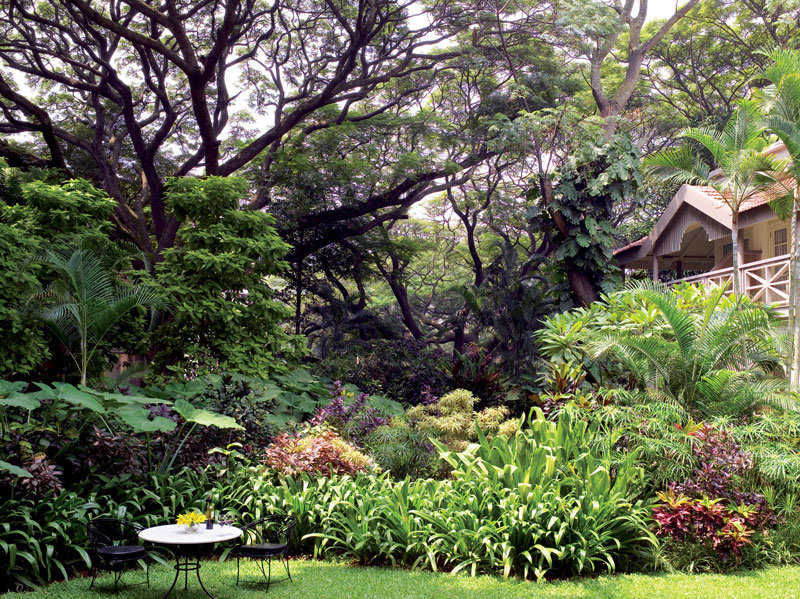 Mynt, the popular coffee shop, preserves a piece of culinary history in the quaint Anglo-Indian classics that are included on the menu, a tribute to the community of people who impressed their unique culture and cuisine on old Bangalore. Outside the main Reception area is a magnificent, beautifully preserved Victorian coach, manufactured in Wimbledon, England, by Jarvis and Sons, on loan from a collector, to commemorate 125 years of the West End. From here,you can walk past towering Cycas revolutas, (Sago Palms) possibly the oldest in Bangalore, and cross over a shimmering water body full of lotuses, to a little tropical paradise. This is Blue Ginger, a fine dining restaurant that serves Vietnamese specialties where you can enjoy your meal surrounded by a lush legacy of planting, and stately trees. The Taj West End is a property of rare charm and beauty. It has a fine collection of prints and maps from the colonial era, many of them relevant to the founding and expansion of colonial Bangalore, of real interest to any historically minded visitor. Once immersed in its atmosphere, there is very little reason to leave the grounds and one can easily spend days exploring the slice of living history that the hotel is –guests come to enjoy the vivid personality of the hotel, content to wander corridors, dine at the restaurants and lounge on verandahs, oblivious to the traffic that roars past, just a short distance away.
Mynt, the popular coffee shop, preserves a piece of culinary history in the quaint Anglo-Indian classics that are included on the menu, a tribute to the community of people who impressed their unique culture and cuisine on old Bangalore. Outside the main Reception area is a magnificent, beautifully preserved Victorian coach, manufactured in Wimbledon, England, by Jarvis and Sons, on loan from a collector, to commemorate 125 years of the West End. From here,you can walk past towering Cycas revolutas, (Sago Palms) possibly the oldest in Bangalore, and cross over a shimmering water body full of lotuses, to a little tropical paradise. This is Blue Ginger, a fine dining restaurant that serves Vietnamese specialties where you can enjoy your meal surrounded by a lush legacy of planting, and stately trees. The Taj West End is a property of rare charm and beauty. It has a fine collection of prints and maps from the colonial era, many of them relevant to the founding and expansion of colonial Bangalore, of real interest to any historically minded visitor. Once immersed in its atmosphere, there is very little reason to leave the grounds and one can easily spend days exploring the slice of living history that the hotel is –guests come to enjoy the vivid personality of the hotel, content to wander corridors, dine at the restaurants and lounge on verandahs, oblivious to the traffic that roars past, just a short distance away.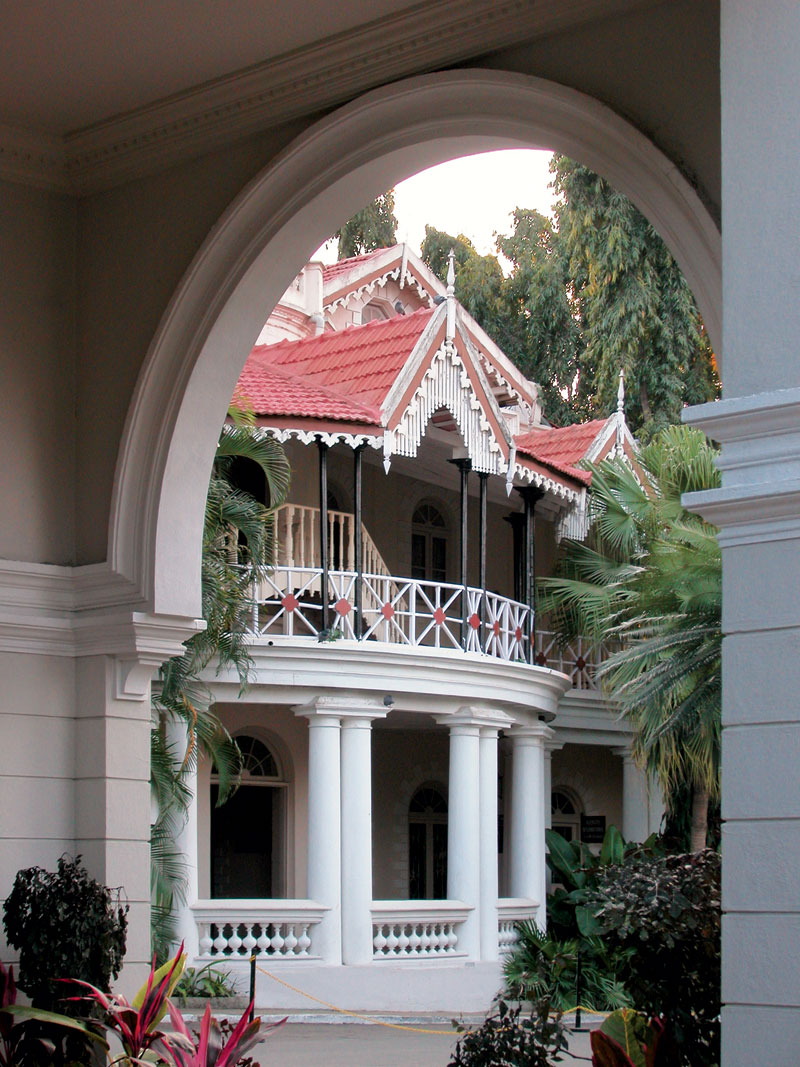 The hotel graciously continues a tradition of celebrity guests, and has hosted Heads of State, visiting Royalty, pop stars, world famous authors and industrialists. The Prime Minister of Thailand Thaksin Shinawatra; His Excellency Hirobayashi, the President of Japan; the King of Nepal; the late Rajmata Gayatri Devi; Queen Beatrix have all stopped at the West End. Actors Richard Gere and Dev Anand, authors V.S. Naipaul and Vikram Seth are included on the guest list, and Mr. Mohankumar observes that they even played host to a rock band, that chose the hotel as the perfect blend of the old and the trendy. There are distinguished Bangalore families who have continued to patronize the hotel over generations. Somehow, the harsh modernity of much of Bangalore seems to have passed it by, leaving it untouched. The colour- coded, cummerbund clad waiters are gone, but the service is impeccable, the food exceptional, the surroundings replete with history. As the city grows at a frenzied pace, on the serene grounds of this extraordinary hotel, with all the comfort of modern luxuries surrounding you, time appears to have been held gently at bay.
The hotel graciously continues a tradition of celebrity guests, and has hosted Heads of State, visiting Royalty, pop stars, world famous authors and industrialists. The Prime Minister of Thailand Thaksin Shinawatra; His Excellency Hirobayashi, the President of Japan; the King of Nepal; the late Rajmata Gayatri Devi; Queen Beatrix have all stopped at the West End. Actors Richard Gere and Dev Anand, authors V.S. Naipaul and Vikram Seth are included on the guest list, and Mr. Mohankumar observes that they even played host to a rock band, that chose the hotel as the perfect blend of the old and the trendy. There are distinguished Bangalore families who have continued to patronize the hotel over generations. Somehow, the harsh modernity of much of Bangalore seems to have passed it by, leaving it untouched. The colour- coded, cummerbund clad waiters are gone, but the service is impeccable, the food exceptional, the surroundings replete with history. As the city grows at a frenzied pace, on the serene grounds of this extraordinary hotel, with all the comfort of modern luxuries surrounding you, time appears to have been held gently at bay.
This article was published in the Taj Magazine
Image Courtesy: The Taj Magazine

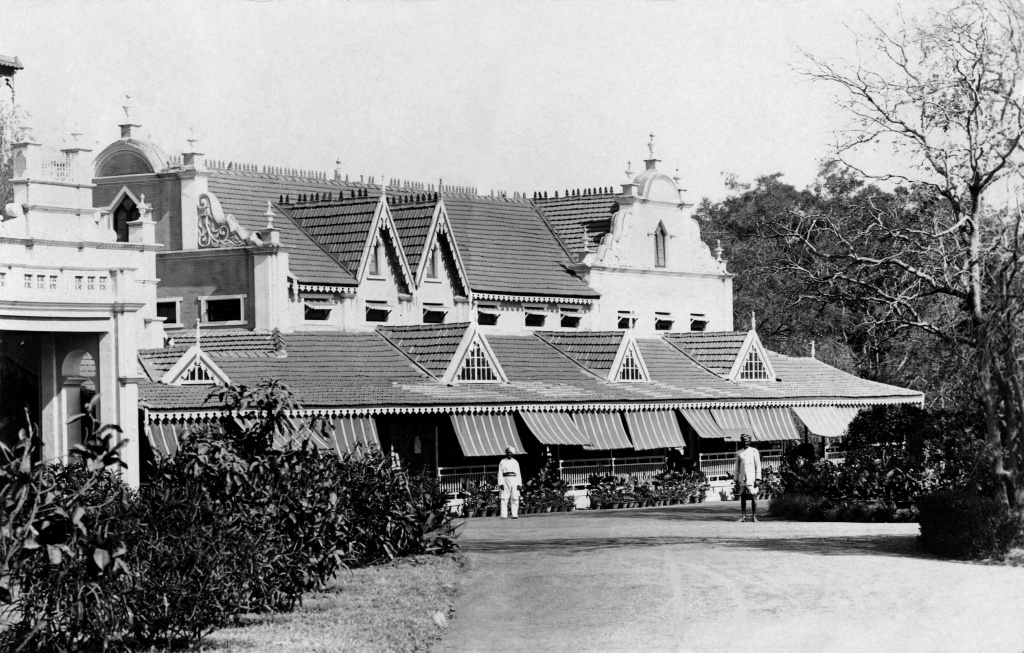
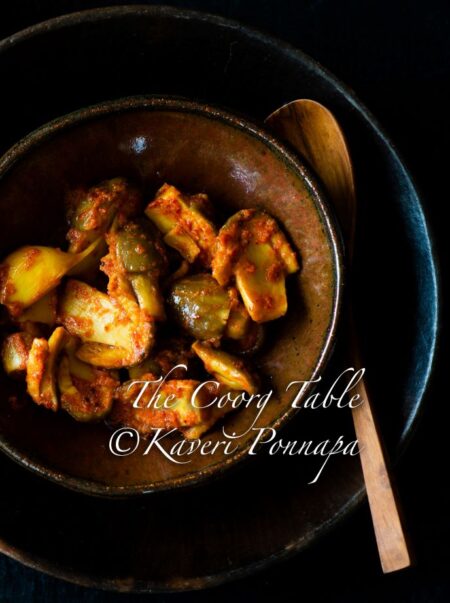
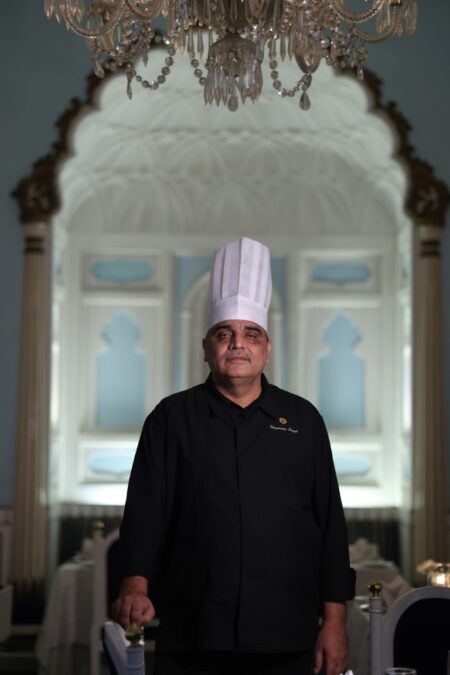
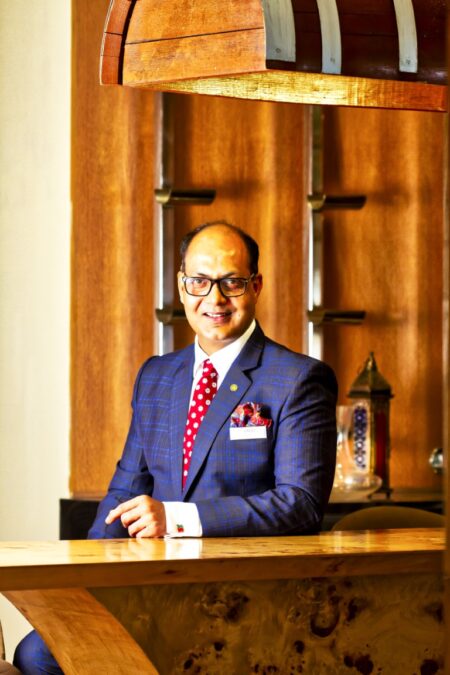
Came up very well!
Thank you very much, Pattu. Kaveri